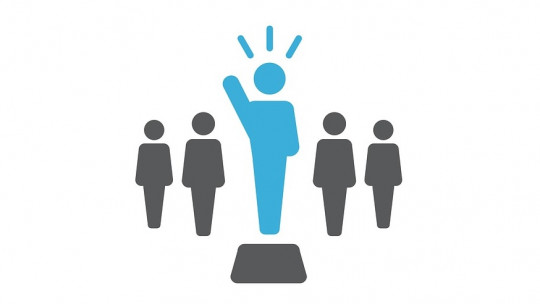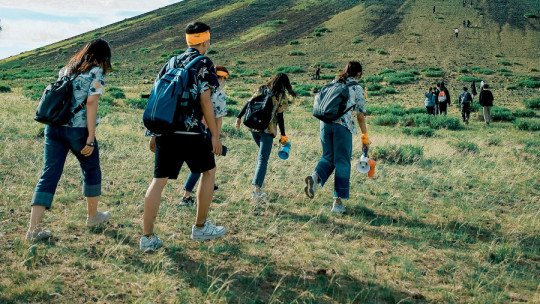
Despite the semantic similarity between “cooperation” and “collaboration”, derived from their Latin roots linked to the action and effects of working together, the literature makes distinctions.
The cooperation involves people performing complementary tasks in separate contexts, due to the division of labor. While the colaboration It involves strong links of interdependence between members who share a context and a common objective, which is equivalent to “teamwork.”
Three evolutionary milestones for successful cooperation and collaboration
Millions of years ago, key events marked evolutionary milestones on the path to successful cooperation and collaboration:
1. Cellular Symbiosis
An archaeal cell, without a nucleus, engulfed another without digesting it, giving rise to a beneficial relationship between host, which fed and protected, and host, future mitochondria, which provided energy; which eventually led to the generation of eukaryotic cells (with a nucleus), which ultimately allowed for complex organisms like ours.
2. Multicellular Colonies
Choanoflagellates, single-celled organisms, ancestors of all animals, were organized into multicellular colonies, in which each one cooperated to better adapt to the environment, specializing in specific tasks related, for example, to defense and feeding.
3. Human uniqueness compared to other primates
Due to the difference in the acquisition of the SRGAP2 and NOTCH2NL genes by our species, which are connected with distinctive brain features which occurred when we separated from a common ancestor and emerged as our own evolutionary line.
Key cognitive-affective networks for creative-innovative cooperation and collaboration
From the above, humans, compared to apes, begin to generate a larger prefrontal cortex in proportion to body size, endowed with a different structural and functional organization.
The prefrontal cortex, connected in circuits and metanetworks with other cortical areas and distant brain regions, has allowed us to develop “higher” cognitive functions, such as a high capacity for creative-innovative cooperation and collaboration.
Enhancement of Brain Circuits for Creative-Innovative Collaborative Cooperation
Brain plasticity, supported by Donald Hebb’s theory, maintains that synaptic connections between neurons can be reorganized and strengthened through learning. Thus, and through specific training, it is possible to enhance the brain circuits and networks involved in cooperation and collaboration.
Comprehensive Training for Creative and Innovative Collaborative Cooperation
Conclusions
Since biological evolution, cooperation and collaboration have been fundamental elements for human success.
Understanding the neuroscientific foundations and applying specific training strategies can further boost our ability to work together effectively and achieve meaningful achievements. Today there are higher education courses that offer specialization in areas such as applied Neuroscience. The NUS Agency Master in Neuromusic is one of them.
Author: Miguel Ángel Gago Martínez, Researcher, Professor and Popularizer of Applied Neuroscience at NUS AGENCY.








